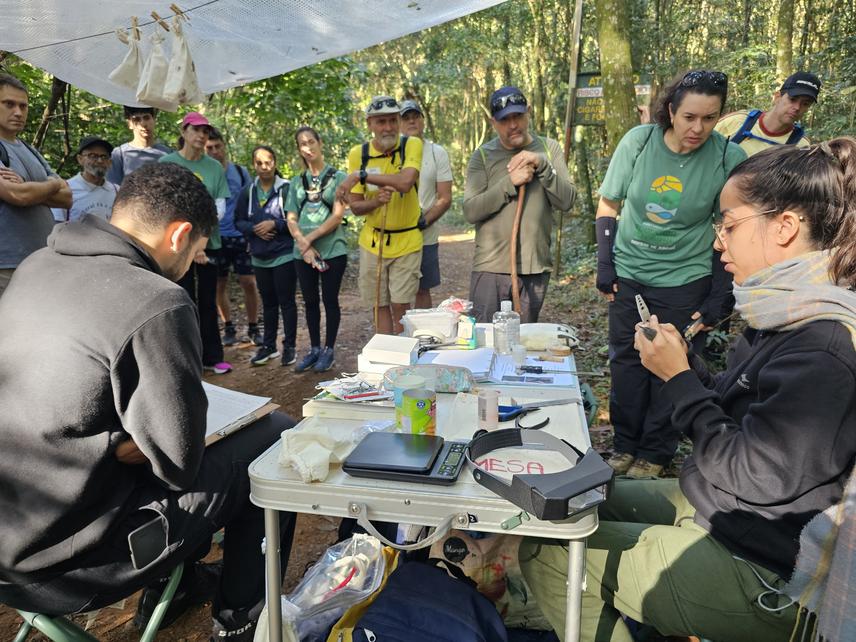Mariana Franciscão Costa
The Atlantic Forest is one of the world's most biodiverse yet most endangered tropical rainforests. Biotic homogenization, characterized by the decline of specialist species and the dominance of generalist species, poses a growing threat for the sustainable future of this forest. Alarmingly, 60% of Brazilian bird species are experiencing population declines, emphasizing the urgency of addressing population declines to avoid extinctions. Evaluating evolutionary potential (EP)—the genetic variation in traits potentially under selection—offers a valuable tool for conservation by assessing species' adaptive capacity to novel selective pressures. Moreover, selective pressures can also impact trait morphological (co)variation, which can affect the establishment and success of ecological interactions and potentially trigger community-wide cascading effects. My research adopts an interdisciplinary approach to advance conservation strategies, with three objectives:

Demonstrative bird banding activity during a guided visit at Serra do Japi, Brazil. © Pâmela Friedemann, 2025.
● Objective I: Investigate the relationship between EP and the distinct responses exhibited by species in the context of biotic homogenization through two aims: (1) determine whether seed-dispersing birds in the Atlantic Forest are categorized as "winners" or "losers" (identified by population demographic trends and habitat specialization), and correlate with differences in EP; and (2) determine whether demographic temporal trends are related to changes in species’ EP by comparing recent with historical data.
● Objective II: Investigate whether a species' role in frugivory networks is related to their EP, trophic specialization, and/or biotic homogenization.
● Objective III: evaluate whether urban bird populations exhibit differences in their EP compared to their counterparts living in pristine areas and how this impacts species interactions and the morphology of dispersed seeds.
To achieve this, I will employ diverse methodologies, including museum collections, public databases, camera traps, focal observations, and mist-netting. Fieldwork will occur in Serra do Japi, a pristine reserve where real estate speculation poses a significant threat, and the Biological Reserve of the University of São Paulo, a green island in the heart of the fourth largest city in the world.
I aim to emphasize the importance of conserving variation within species rather than focusing solely on species preservation, this paradigm shift could foster more sustainable, resilient ecosystems. Importantly, like any conservation biologist, my main aim is to bridge the gap between academia and societal stakeholders. I will present the outcomes of this project to students in public schools to raise awareness to conservation and engage students in “field day” activities to foster a deep understanding of science and its real-world applications.
Header image: Mist net set up near the research station at Serra do Japi, Brazil. © Mariana Franciscão Costa.